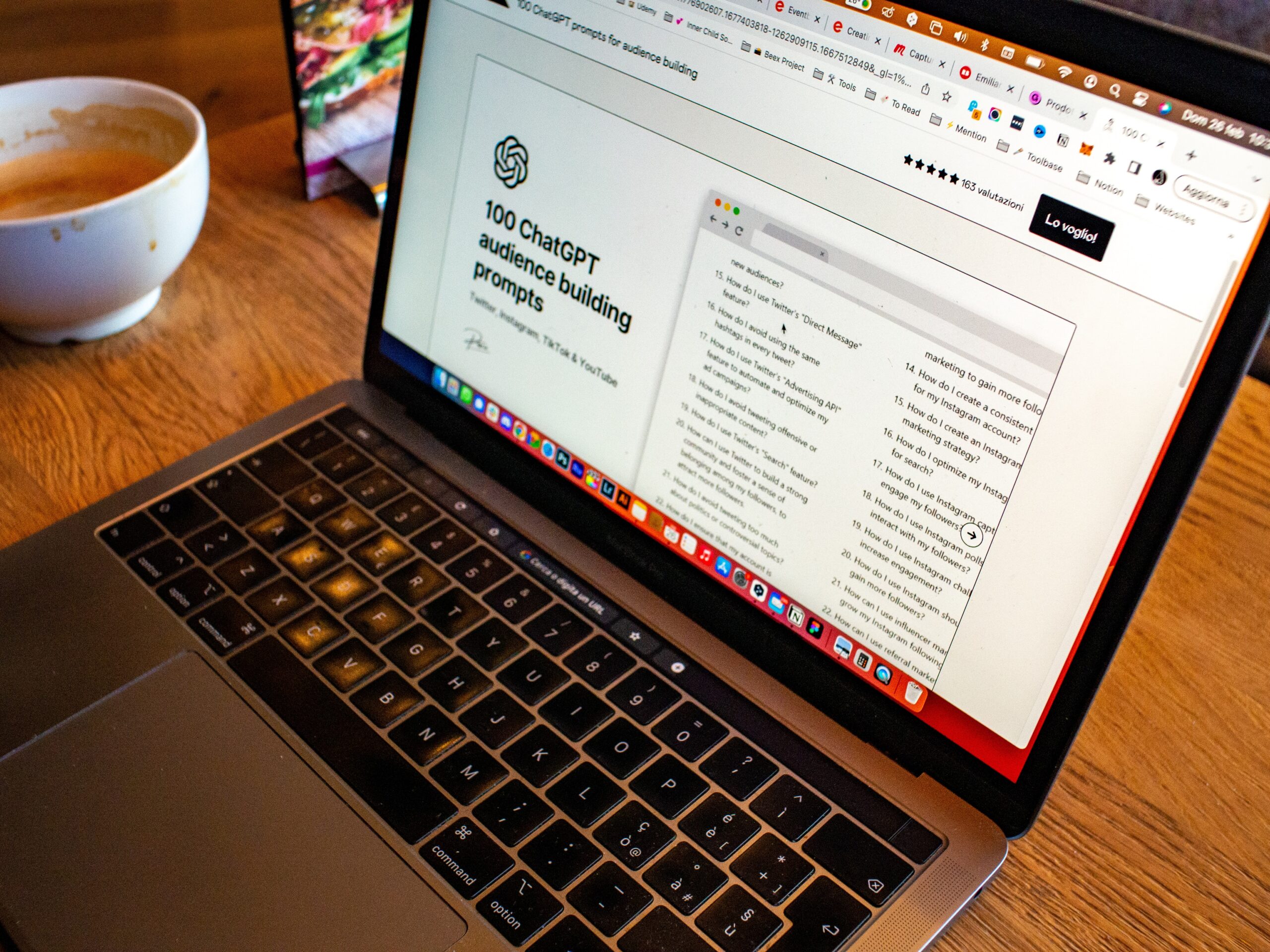Behind the scenes of every marketing and advertising campaign, there is most likely a marketer facing a lot of uncertainty. Today, marketing professionals operate in a constantly evolving world where new techniques and strategies emerge every other month. Therefore, marketers must regularly decide whether each new trend is right for their business and determine the best practices to follow trends into the overall marketing plan. Fortunately, the existence of A/B testing tools means marketers don't have to rely on guesswork when making these decisions. Instead, they can conduct scientific experiments that produce reproducible results, provided they follow certain principles in the testing process.
WHAT IS A/B TESTING?
A/B testing is a method that ecommerce is used to compare two versions of a marketing campaign to assess which would perform better. A/B testing, also known as split testing, involves creating two versions of a single campaign or web page and randomly dividing a sample of the audience that interacts with each variable into two groups. So, by comparing the performance of the two groups, marketers can determine which version is more effective and make data-driven decisions to improve their marketing strategies.
E-mail subject lines, headings and subheadings, email copy, form designs, landing pages and call-to-action buttons are examples of different variables that can be subject to A/B testing. For example, a marketer looking to optimize the open rate of his brand's email could run a split test on the name of the email sender. In such a case, variable A will be the original sender name acting as a control, while variable B will be a new name. Then two random groups are assigned to each variable and analyzed for some time. When the results come in, the marketer can decide which of the two names tested produced the desired result and then take strategic action based on results rather than trial and error.
A/B testing is a crucial aspect of ecommerce marketing because it allows marketers to optimize the conversion rates of their campaigns and thus improve their ROI. Currently, there are numerous tools that can automate the finer details of split testing so that intended objectives can be achieved efficiently and quickly. This software provides segmentation capabilities, analytics, and reporting to simplify the overall process of running these experiments and discovering useful insights.
WHAT ARE THE BENEFITS OF A/B TESTING?
According to a study by BigCommerce, A/B testing is going viral among ecommerce businesses, with 80% of ecommerce marketers using this method to improve their conversion rates. This shows how widely split testing is used and that its popularity is a direct result of the benefits of implementing it.
Here are five huge benefits of using A/B testing:
IMPROVED CONVERSION PERIODS
One of the core goals of split testing is to increase conversions, and statistics show that using A/B testing helps marketers convert more customers and prospects. A HubSpot study found that A/B testing can lead to an average conversion increase of 49%. By simply showing customers two different variables and analyzing their answers, companies can develop long-term strategies that will help them optimize their conversion rates.
BETTER USER EXPERIENCE
A/B testing can help companies identify elements of their website or marketing campaigns that users find impressive or frustrating when interacting with the brand across different touchpoints. As a result of improving user experience, brands can increase user engagement by approximately 20%, according to Invesp. More user engagement then leads to lower bounce rates and stronger brand-customer relationships.
DATA-DRIVEN DECISION-MAKING
A/B testing allows companies to make data-driven decisions based on real-world performance metrics. This can help companies avoid relying on assumptions or guesses about what will work, and instead focus on what has been proven to work through experimentation.
MORE EFFECTIVE RESOURCE ALLOCATION
A/B testing allows companies to test new ideas without committing significant resources. Instead of investing financial and human resources in the hope that their new ideas will make an impact, brands can take a more strategic and cost-effective approach by conducting previous experiments. This will increase the success rates of new campaigns and ensure that the allocated resources are justified.
MORE INCOME
Ultimately, the goal of A/B testing is to improve marketing campaign performance and more income to generate. A study has shown that A/B testing can lead to a sales increase of 44%. By optimizing campaigns through A/B testing, businesses can generate more traffic, increase conversion rates, and ultimately generate more revenue from their marketing efforts.
WHAT ARE THE BEST PRACTICES FOR EFFECTIVE AND RELIABLE A/B TESTING?
After reading the overwhelming evidence for A/B testing, it makes sense to give this experiment a try. However, not every marketer can boast of getting desired results from their A/B tests. This is because specific tactics must be used to optimize the experiments and get the best possible results from the split tests.
Here are six of the best practices you can implement to improve your testing process and results:
CLEARLY DEFINE YOUR GOALS
Starting an A/B test without clearly defining your goals for the experiment will only waste time and resources. That's why it's crucial to determine the specific metric or key performance indicator (KPI) you want to improve with your A/B test. This helps you focus on a clear and measurable outcome, making test results easier to interpret. To select a KPI, the marketer must have a clear hypothesis. For example, a marketer might assume that changing the position of the CTA button on the landing page would increase click-through rate. The KPI that will drive the A/B tests is already evident from this hypothesis. Therefore, there is a good chance that this particular experiment will yield useful insights.
SCHEDULE THE TESTS AT AN APPROPRIATE TIME
When running A/B tests, it's important to run the test long enough to get reliable results. This helps minimize the impact of random fluctuations and ensures you capture any long-term effects. However, determining the length of time to run the test can be challenging. Factors to consider include seasonality and traffic volume.
Consider seasonal or cyclical trends in your traffic or sales patterns. For example, running a test during Christmas, a typically busy period, may yield different results than during a period of low sales. The lower the traffic volume, the longer it takes to collect reliable data. In general, the right time to run an A/B test depends on several factors that are unique to your business and marketing goals. It is important to carefully consider these factors and plan accordingly to ensure that your test is effective and provides meaningful insights.
CHOOSE THE CORRECT SAMPLE SIZE
Choosing a large enough sample size is important in A/B testing because it helps ensure that your test results are statistically significant and accurate. Statistical significance means that the results you get are not due to chance or random variation, but are an accurate representation of the underlying population. If your sample size is too small, you may not be able to detect a statistically significant difference between the test groups. This can lead to wrong conclusions. On the other hand, if your sample size is too large, you may be wasting resources and time collecting unnecessary data. Therefore, it is important to use a sample size calculator or statistical tools to estimate the minimum number of participants needed to detect a meaningful difference.
TEST ONE VARIABLE AT A TIME
Testing only one variable at a time is important in A/B testing because it allows you to identify the specific factor causing the change in your test results. By isolating and testing just one variable, you can be more confident that any differences you observe between your test groups are due to that variable and not some other factor. For example, if you test both the headline and the image on a landing page at the same time and see an increase in conversions, you're not sure which element was responsible for the change. Finally, testing one variable at a time helps you save time and resources.
RANDOMIZE TEST GROUPS
Randomizing test groups is an important step in A/B testing because it eliminates bias and ensures that your test results represent your entire audience. There are several valuable methods to aid in the randomization process. On cookies based targeting involves the use of cookies to randomly assign participants to test groups. Similarly, IP-based targeting assigns participants based on their IP address. Both methods help ensure that they remain in the same group throughout the testing period. There are also third-party tools that can help with the randomization process while ensuring accurate results.
IMPLEMENT THE WINNING VARIANT IMMEDIATELY
After running your tests and reviewing your results, the next step is to immediately deploy the winning variant. This allows the company to take advantage of the improvements you discovered and reap the benefits immediately.
In short, A/B testing is crucial to achieving accurate and actionable results that can improve your marketing efforts. Following these practices ensures that your A/B testing is effective and leads to improved performance. These best practices help eliminate bias, improve accuracy, and generate valuable insights that help you make data-driven decisions and achieve your marketing goals.












